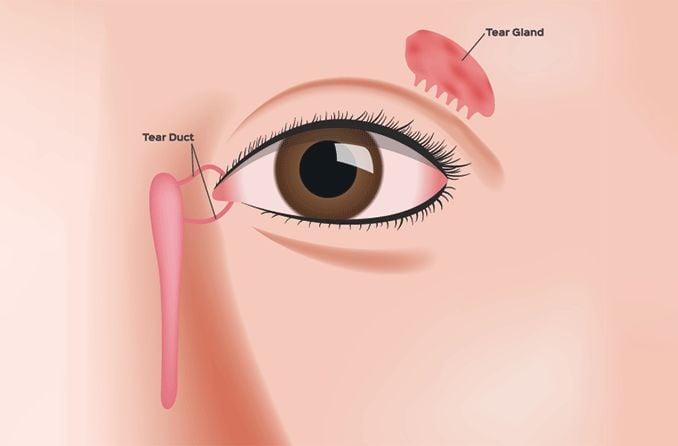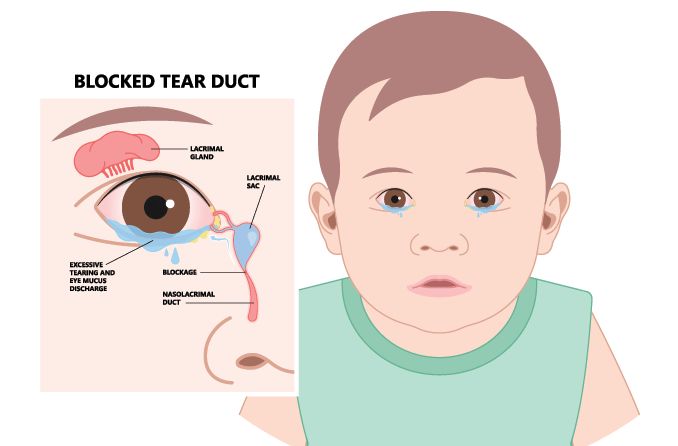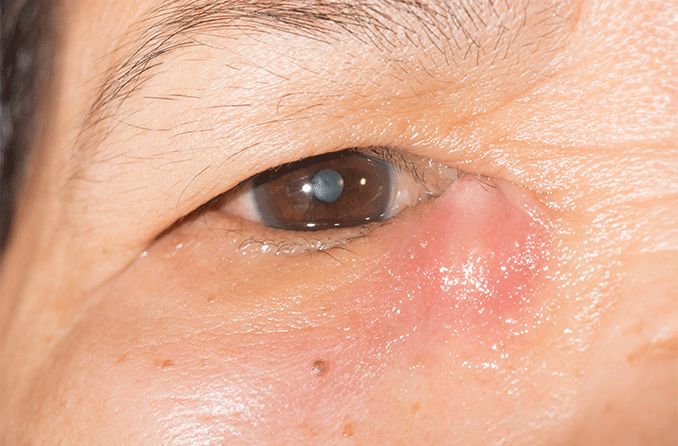
Blocked Tear Duct
Blocked tear ducts can happen in both children and adults. Read about its causes and treatments, plus the symptoms to watch for in this common condition.

A blocked tear duct is a condition where tears can’t drain out of the eye. Affected eyes may get red or irritated, but clogged tear ducts are easily treated.

Blocked tear ducts in babies are caused by an obstruction in the tear drainage system and typically resolve on their own.

Dacryocystitis occurs when a tear duct becomes blocked and infected. Symptoms include eye watering and inner-corner swelling.
All About Vision and AllAboutVision.com are registered trademarks of AAV Media, LLC. © 2000-2025 AAV Media, LLC. The content on this site is for informational purposes only. All About Vision does not provide medical advice, diagnosis or treatment. Contact an eye doctor if you need medical attention.